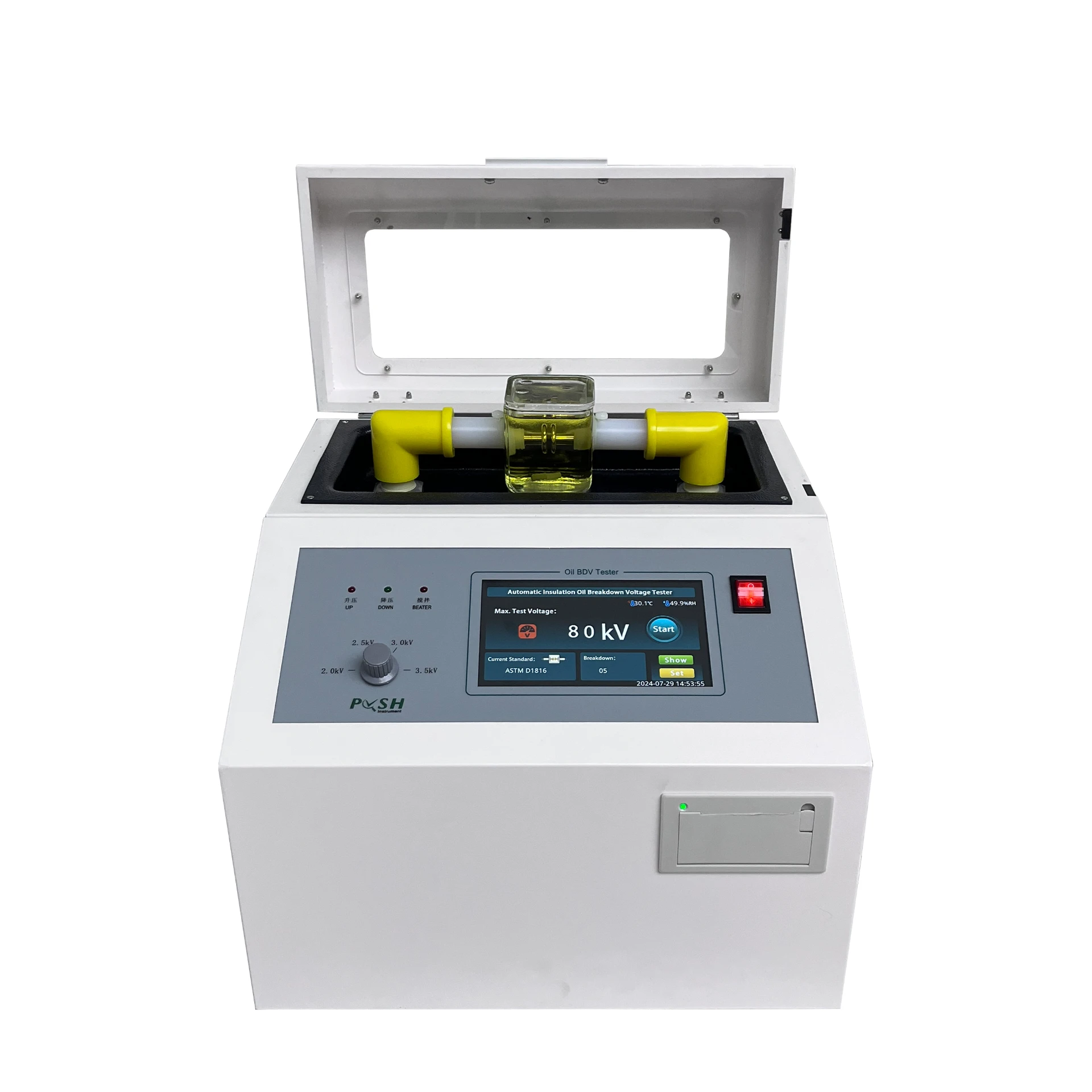 English
English


transformer turns ratio tester
Understanding Transformer Turns Ratio Testers Essential Tools for Power Engineers
Transformers play a crucial role in electrical power systems, acting as essential devices to step up or step down voltage levels in transmission and distribution networks. One of the key parameters that determine a transformer's performance is its turns ratio, which is the ratio of the number of turns in the primary coil to the number of turns in the secondary coil. To ensure transformers are functioning optimally and safely, engineers utilize a specialized instrument known as a Transformer Turns Ratio (TTR) Tester.
What is a Transformer Turns Ratio Tester?
A Transformer Turns Ratio Tester is an instrument designed to measure the turns ratio of a transformer accurately. This testing is vital for the maintenance and commissioning of transformers, as it helps to identify any potential issues that could affect performance. The turns ratio is significant because it influences the voltage levels in a transformer; any deviation from the expected turns ratio can indicate winding problems or insulation failures.
Importance of Testing Transformer Turns Ratio
Understanding and testing the turns ratio is crucial for several reasons
1. Performance Verification The turns ratio provides information about the transformer's ability to adjust voltages correctly. An incorrect ratio can lead to improper voltage output, potentially damaging electrical equipment down the line.
2. Detection of Winding Issues A change in the turns ratio can indicate problems such as shorted or open windings. By identifying these issues early, engineers can avoid catastrophic failures or costly downtime.
3. Quality Control During the manufacturing process of transformers, verifying the turns ratio ensures that the units meet design specifications, thereby ensuring quality control and reliability in the field.
4. Preventative Maintenance Regular testing of transformer turns ratios as part of a preventative maintenance program can help detect issues before they escalate, prolonging the life of the equipment and ensuring optimal operation.
How Does a TTR Tester Work?
A TTR tester typically operates by injecting a known voltage into the primary winding and measuring the output voltage from the secondary winding. The turns ratio is then calculated by dividing the voltage measured on the primary side by the voltage on the secondary side. Modern TTR testers utilize advanced technology, including microprocessor controls and automated testing sequences, to facilitate quick and accurate measurements.
transformer turns ratio tester

Types of Transformer Turns Ratio Testers
There are primarily two types of TTR testers
1. Manual TTR Testers These are basic models that require manual setup and monitoring. While they may be less expensive, they can be time-consuming and require the operator to have a deeper understanding of the test setup.
2. Automatic TTR Testers These devices automate the process of testing. They can perform multiple tests quickly and record results digitally. Many come with built-in communication features that allow the data to be transferred to a computer or a database for analysis and record-keeping.
Best Practices for Using a TTR Tester
When using a transformer turns ratio tester, several best practices should be observed to ensure accurate measurements
- Proper Setup Ensure that the test leads are connected firmly to the appropriate terminals on the transformer. Loose connections can affect readings.
- Safety Precautions Always follow electrical safety guidelines when working with transformers, as the voltages involved can be dangerous.
- Calibration Regularly calibrate the TTR tester to maintain its accuracy and reliability.
- Documentation Keep detailed records of all test results and observations to track the condition of transformers over time.
Conclusion
Transformer turns ratio testers are indispensable tools for electrical engineers involved in the maintenance, testing, and commissioning of transformers. By accurately measuring the turns ratio, these testers help identify potential issues early, enhance the safety and reliability of power systems, and ensure efficient operation. Whether using manual or automatic testers, adhering to best practices is crucial in maximizing the efficacy and longevity of transformer equipment. As electrical networks continue to evolve, the importance of such diagnostic tools will only increase, making them a fundamental part of modern electrical engineering.
-
Differences between open cup flash point tester and closed cup flash point testerNewsOct.31,2024
-
The Reliable Load Tap ChangerNewsOct.23,2024
-
The Essential Guide to Hipot TestersNewsOct.23,2024
-
The Digital Insulation TesterNewsOct.23,2024
-
The Best Earth Loop Impedance Tester for SaleNewsOct.23,2024
-
Tan Delta Tester--The Essential Tool for Electrical Insulation TestingNewsOct.23,2024





